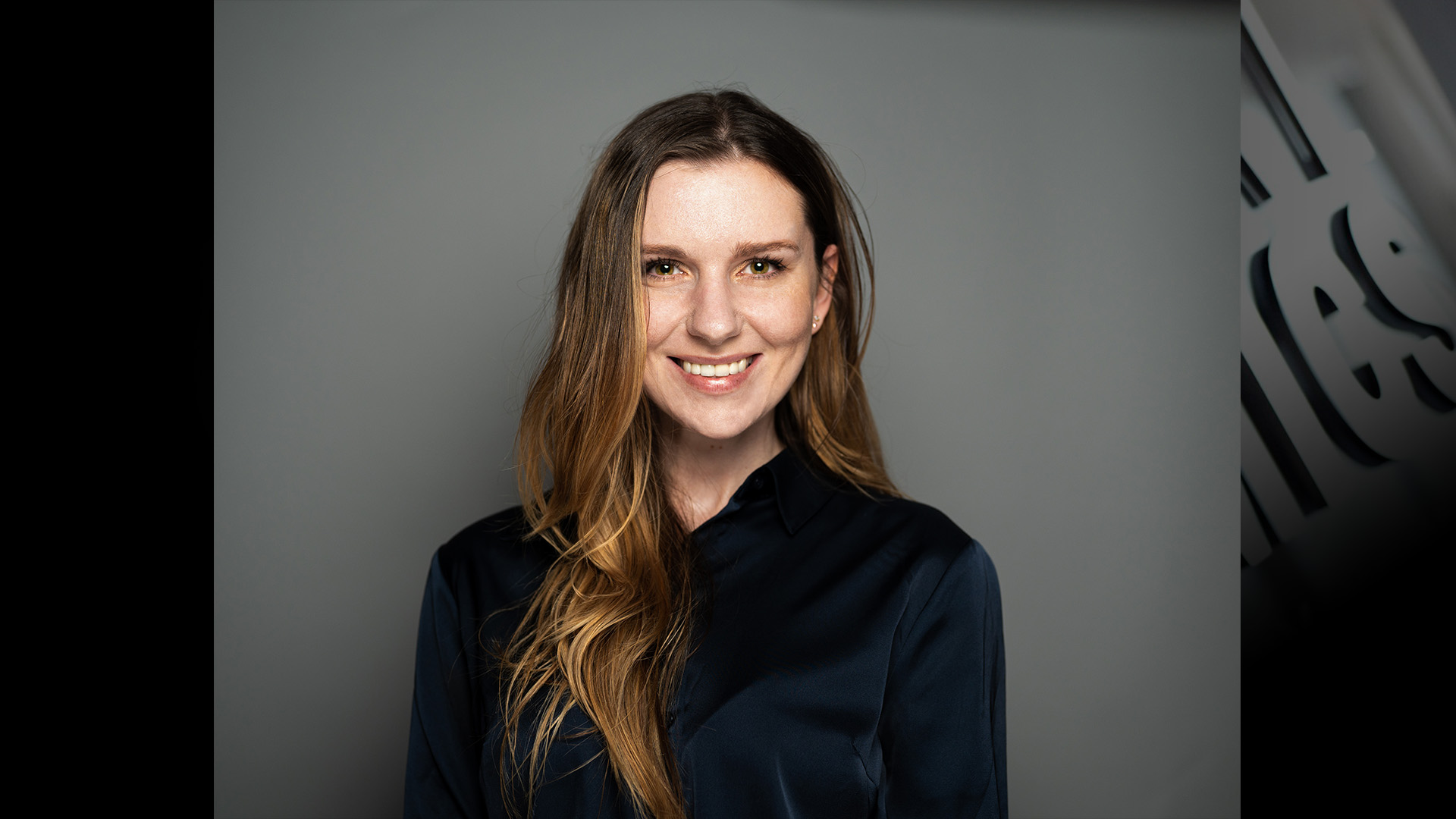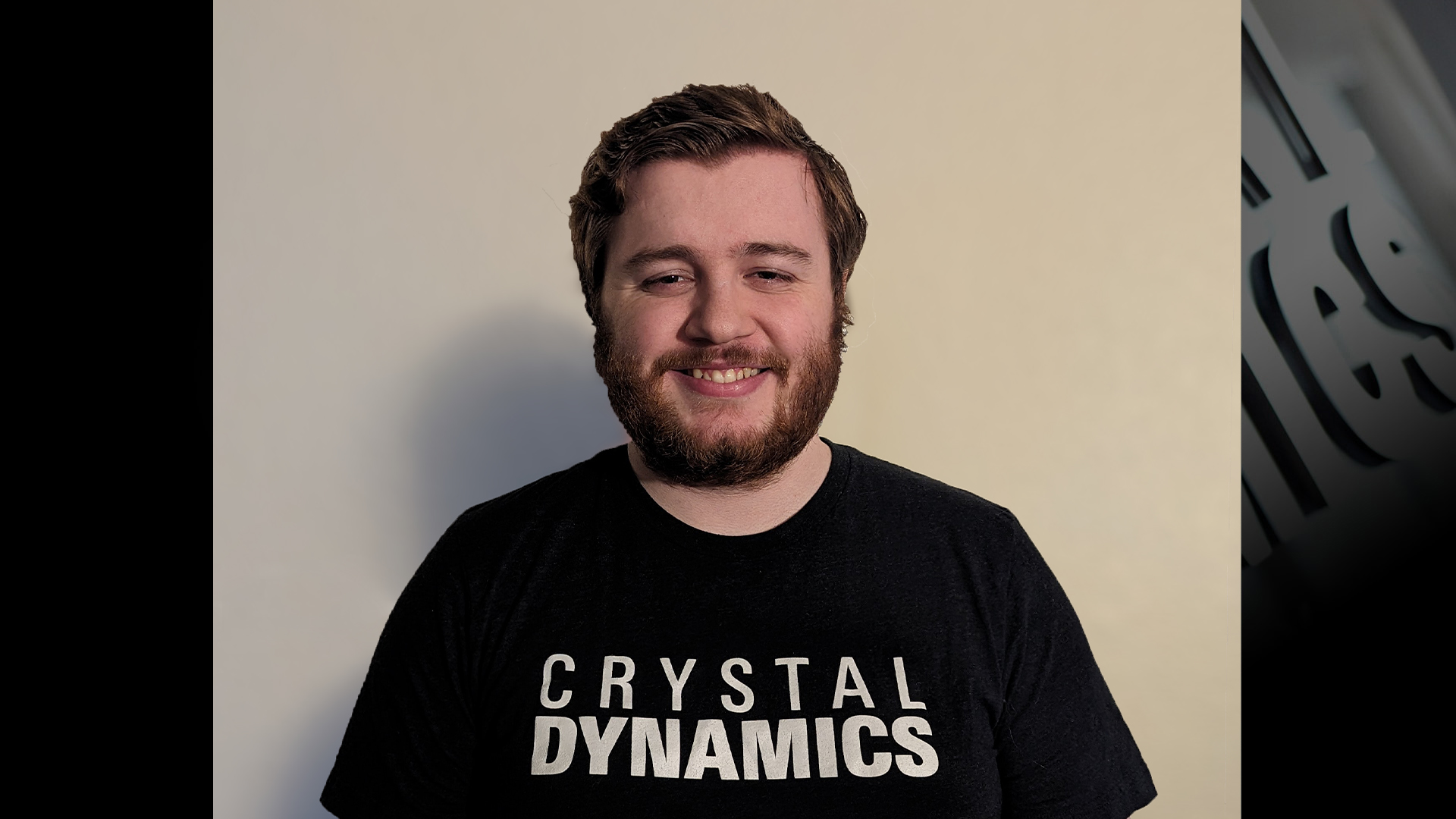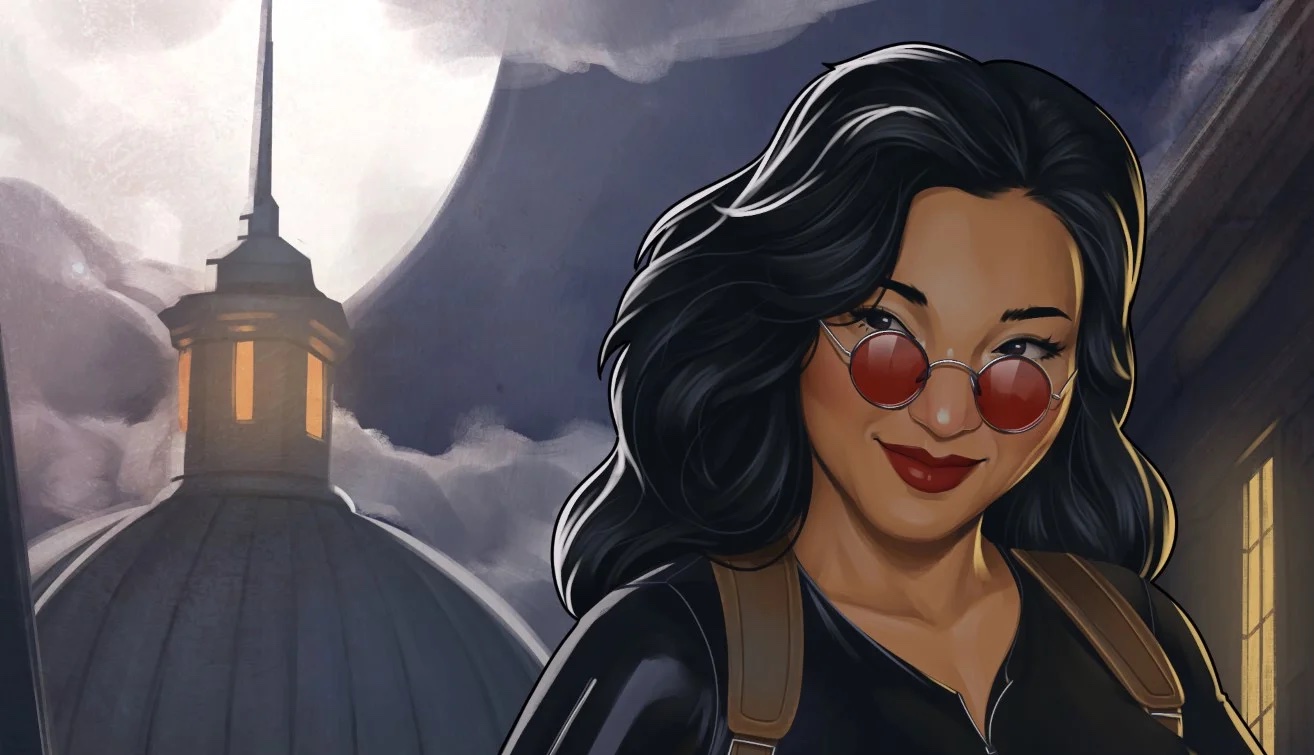
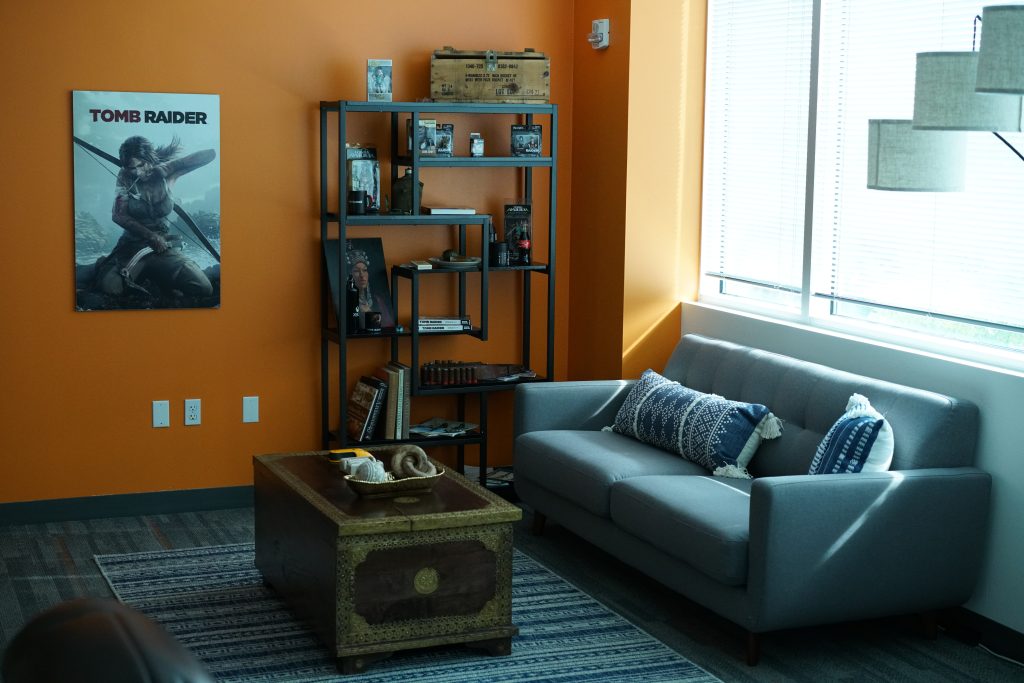
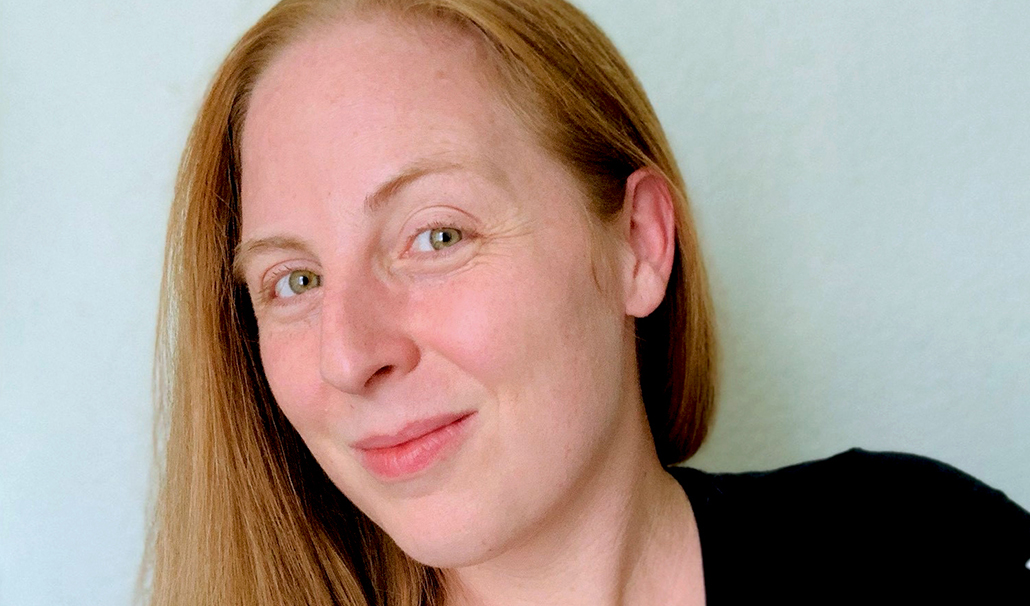
Developer Spotlight: Alisha Thayer, Lead Technical Designer
Can you give us a quick introduction about who you are and what you do at Crystal Dynamics?
My name is Alisha Thayer, and I am a Lead Technical Designer at Crystal Dynamics. I’ve been working in the video game industry for twelve years now.
Technical Design is one of the lesser-known design specializations. Technical Designers often find themselves acting as a bridge between engineers and designers, representing sustainable ways to author content, better tools, and team education. We also get to do a lot of early prototyping, because we tend to have a broad understanding of how to create all sorts of content: from AI, to simple art/animation, UI, gameplay systems, et cetera.
I’ve been super lucky lately having spent the last couple years on R&D projects, exploring early game concepts and technologies that we can use in future games. I’m less lucky in that I can’t really discuss what I’m working on in detail!
What games have you worked on both at Crystal Dynamics and other companies, and what was your role on those projects?
I started my career at Rockstar Games, where I worked as a scripter/technical designer on Red Dead Redemption (including the Undead Nightmare DLC), Max Payne 3, and the very early days of Red Dead Redemption 2. On Red Dead Redemption I worked on a little over 1/2 of the side quests. On Max Payne 3, I worked on nearly every level, but my proudest contribution is that I scripted and choreographed the Airport Finale fight.
I joined Crystal Dynamics for the Tomb Raider reboot in 2013. The game was nearly finished when I joined, but they needed someone to design and implement a hunting mechanic in the wide open spaces of the game. So, having just come from Red Dead Redemption, I suppose they figured I was a good fit!
After that, I spent some time working on an incubator project that was eventually shelved. When that happened, I was pivoted over to kicking off Lara Croft and the Temple of Osiris as one of the first designers on the project. I went on to create all of the interactive objects for that game (any object that Lara interacts with, really), as well as script all of the boss fights.
After Temple of Osiris, I joined the Rise of the Tomb Raider team. I did a lot of wrangling of our collectibles before the game shipped, and then post-ship I worked on the Live/DLC content: Endurance Mode, Cold Darkness Awakened, and the 20-Year Celebration.
Once Rise shipped, I spent a little time on Marvel’s Avengers before heading off into R&D land with my little team of technical designers and engineers.
What led you to working in the video games industry?
I had a pretty profound moment when I was somewhere around ten years old (plus or minus a few years; I don’t recall my exact age), where I realized that people made video games, and that I could be one of them. Before that, I really hadn’t really considered or understood where video games came from!
Once I made that decision, I never looked back. It took me a while to understand that game design was where I belonged, but my desire to be part of the video game industry never wavered. Twelve years in and I’m still dazzled by the projects I get to work on and the people I get to work with.
What’s your earliest gaming memory?
In my youth, my dad was a huge gamer, both board games and video games. My earliest gaming memories are mostly playing Space Invaders and Missile Command with him on his Atari 2600, and playing tons and tons of board games ranging from chess to Candyland. Later, he’d teach me how to play The Legend of Zelda on the original NES, which to this day is one of my favorite games.
What do you wish everyone knew about game development?
One thing that I find myself highlighting about game development is just how complex making a game is. The teams I work on are very large, comprised of hundreds of people. I tend to work on a single game for years of my life. The technology is ever-changing and fidelity needs keep increasing with our computing power. It takes a lot of discipline, a lot of patience, a lot of time, and a lot of raw knowledge to make these bigger AAA releases.
Hitting exceptionally high quality adds an additional layer of complexity. I like to tell people stories about my time at Rockstar, recording video of 5 seconds of gameplay, scrubbing it frame-by-frame, and ensuring that no rendering, animation, or major gameplay pops occurred during my various gameplay beats. I’d spend days or weeks polishing my content to a mirror shine like that.
I often joke that It’s amazing that video games get made!
What is your favorite thing about working at Crystal Dynamics?
In the past, when I’ve answered this question, I’ve smiled and said, “No one ever really tells me no!”
That’s a silly, reductive way of saying that I’ve been given a lot of space to grow, a lot of opportunities to expand my skillset, and a lot of trust to explore weird, new ideas. Crystal has been a great place for my career growth as a technical designer – no part of the production pipeline is off-limits to learn about, and everyone’s ears are always open to suggestions on how to improve, whether that be our production processes or the game itself.
When I first joined Crystal, one thing that stood out to me was the sheer concentration of veteran game developers working for the company. Crystal is brimming with humble devs sporting decades of experience, happy to share and discuss philosophy and craft to anyone who will listen.
Can you give our community a hint at something fun you’re currently working on?
I wish I could!
If you could give a prospective Crystal Dynamics employee one bit of advice, what would it be?
Crystal is a really great at recognizing that good ideas come from anywhere. If you’re thinking about joining us at Crystal, know that you can feel comfortable suggesting new ideas, big or small, to the team and you will be able to find people who will listen.
Who are your heroes?
I’ll stick to game developers for simplicity.
The first game designers I ever saw celebrated were Jane Jensen and Roberta Williams, who both designed point-and-click adventure games for Sierra when I was young and just discovering PC games. Both of these women have a special place in my heart not only for creating some of my favorite adventure games, but giving my younger self something to aspire to.
I really respect Shigeru Miyamoto for his unwavering dedication to joy, play, and fun as sacred concepts.
I will always look to Hideo Kojima for his dedication to the audacious. Playing his games is a constant reminder of how game systems can be used (and broken!) to surprise and delight a player.
Anything you want to say to our community?
I cannot wait to share what I’m working on with you guys.

